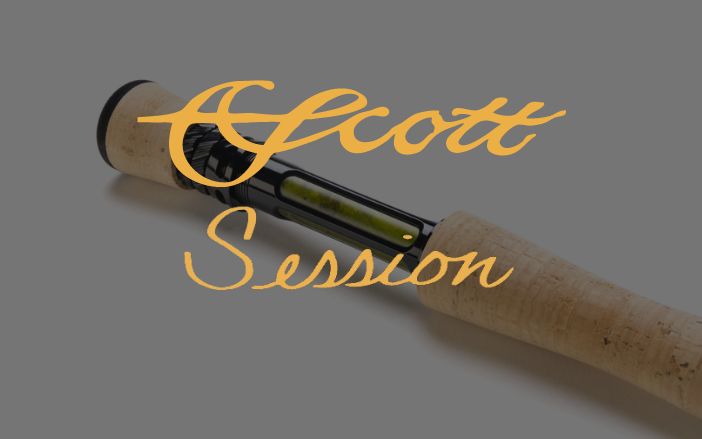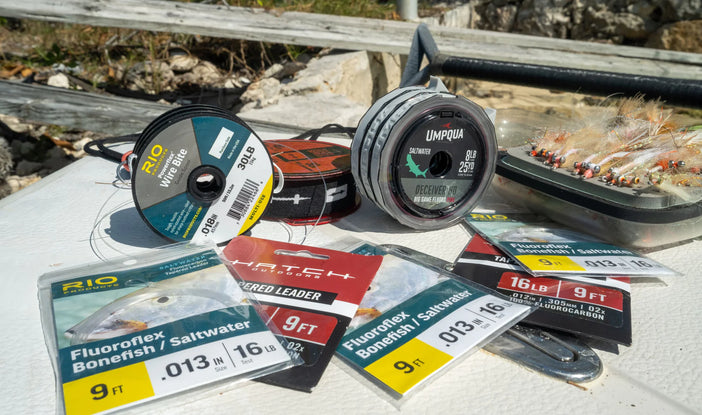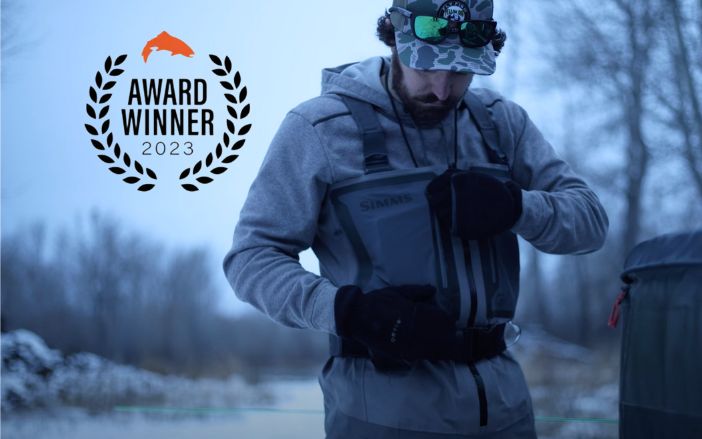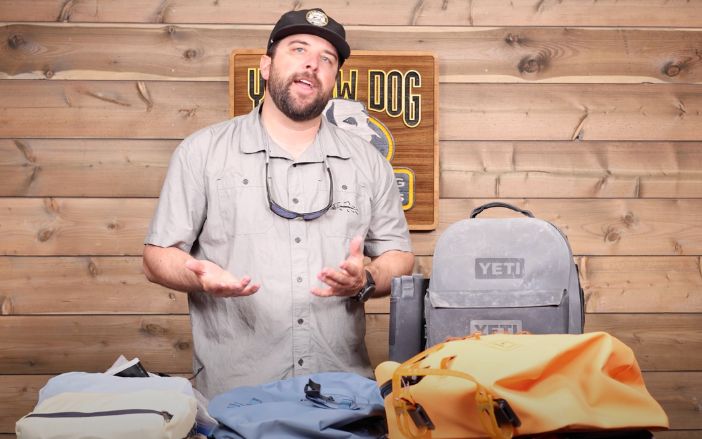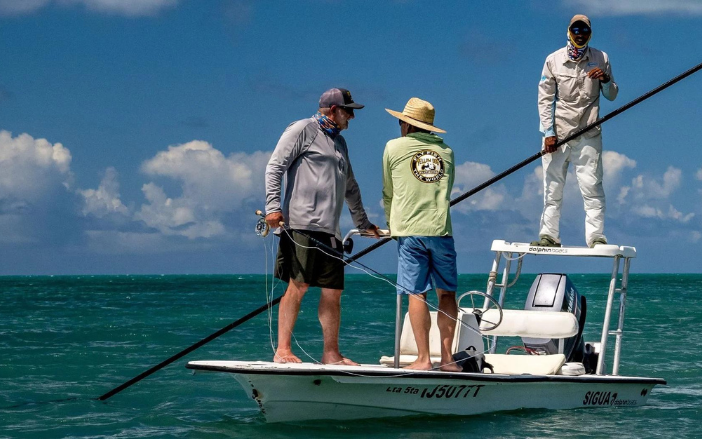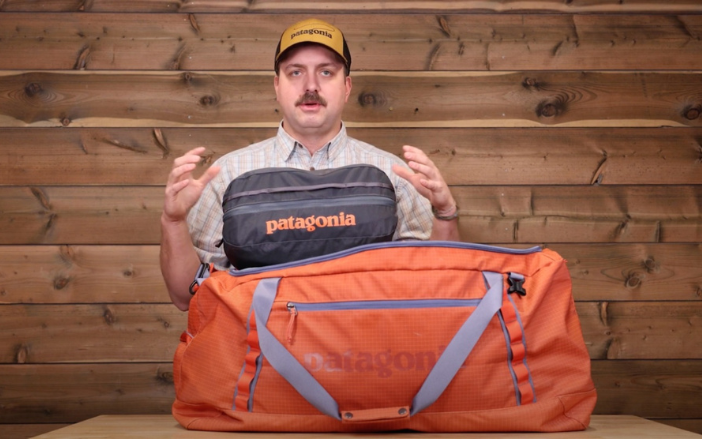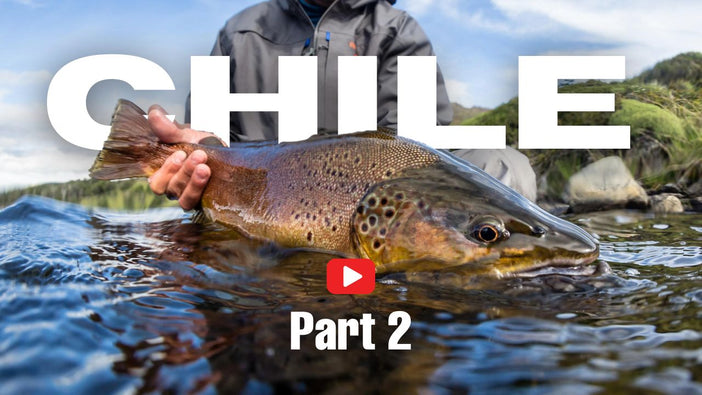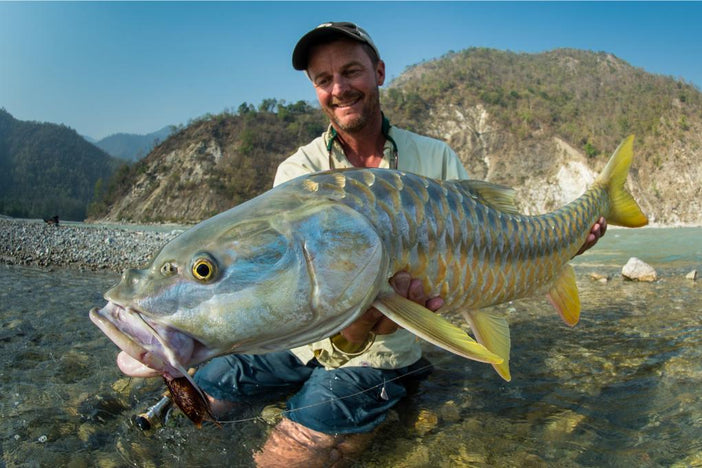MONTANA’S SMITH RIVER RESOURCE
There is no doubt that Montana is the epicenter for great fishing, bountiful access and healthy rivers in the U.S. West. While Montana is home to dozens of world-class rivers and fisheries, there is one river that enjoys a very special place in the hearts and minds of all who have been lucky enough to experience it first-hand – the Smith.
Montana’s Smith River offers anglers and river enthusiasts the opportunity to experience one of the last true wilderness river floats found anywhere in the lower 48 states. This 60-mile float flows through a remote and largely pristine canyon offering some of the most incredible scenery found anywhere in the Northern Rockies.
Traffic is limited to non-motorized watercraft, and multi-day-float permits are limited and hard to come by. Most permits are awarded each year through a public lottery system, where roughly one in eight applicants are lucky enough to draw a launch permit. The rest of the permits are allocated to a small number of long-time outfitters who make it possible for clients to book the Smith with fully outfitted and guided packages.
Many Montana residents look forward to our Smith trips every spring, and applying for the annual lottery has become as much of a seasonal tradition as the purchase of our annual fishing license or the first launch of the drift boat each spring. I made my first trip on the Smith River more than 15 years ago, and ever since that time, I’ve looked forward to my annual pilgrimage down the canyon. Over the years, I have made this trip with my wife and children, with long-time clients, and with countless friends.
Memories made on this river are as special as they are irreplaceable. Montanans are now being told that Tintina Resources – a small, foreign-owned start-up – intends to open and operate a massive copper mine at the headwaters of the Smith River on the banks of Sheep Creek.
The Smith and its tributaries (including Sheep Creek) provide crucial habitats and spawning grounds for wild trout. Many of these fish travel more than 200 miles round-trip from the Missouri River to spawn in the Sheep Creek drainage, which comprises more than half of the tributary spawning area for rainbows, browns and other trout in the Smith River system.
Sheep Creek is integral to the health and spawning populations of both the Smith River and the neighboring Missouri River. Montana economists conservatively estimate that fishing on the Smith alone contributes more than $10 million to the state’s economy each year.
This is a remarkable contribution given the short Smith River floating season, which typically runs from May through late July. Locally, fishing and recreational traffic on the Smith directly supports shuttle services, river-guiding companies, hotels, restaurants and all types of mom-and-pop retailers.
For ranching families up and down the valley, water from the Smith irrigates thousands of acres of crops and is truly the lifeblood for these rural communities. Tintina Resources is proposing a mine that would drop below the water table, creating a situation where they would have to constantly pump water out of the mine to keep it from flooding.
This large-scale pumping of groundwater could dry up critical tributaries, harm resident trout and reduce spawning habitat. In addition, these discharges will include heavy metals, nitrates and arsenic, which will no doubt have a harmful effect on the immediate environment and of course on area waters.
Tintina tells us that they know what they are doing, but in truth, they are a small, foreign startup company that has never before operated a mine. They tell us that the mine will be good for locals and bring much-needed jobs to the area, yet the locals hired by the company to make promises to Montanans are low-level employees and not decision makers.
They have little control over important decisions such as investment in environmental protections, community involvement or important employee safeguards. The president and CEO of Tintina is an Australian. The rest of the board is comprised of a Canadian, an Australian and two New Yorkers. None of them have ever before done business in Montana. Montanans have heard Tintina’s story many times over.
Mining companies come to the state promising to be responsible by employing new technologies. The end results, however, are almost always the same: cut-and-run exit strategies, a polluted after-math, and taxpayer-funded cleanups. As a life-long angler and someone whose livelihood and income depend on healthy fisheries, clean water and sportsman’s access, I obviously care deeply about the condition and state of our state’s rivers.
That said, I am not anti-mining any more than I am anti-timber, anti-agriculture or anti-oil or gas. Montana has a long history and a well-defined legacy of providing bountiful resources to all types of extractive industries, and these resources have certainly helped economic development in our state and country. I believe that while there are places in our state where mining makes sense, the headwaters of Sheep Creek and the Smith River are not one of those places.
Ready to take action? Please join American Rivers in asking Montana Governor Steve Bullock to protect the Smith River by directing his state agencies to withhold any permits for the mine unless it can be developed in a manner that eliminates any possibility of degrading the river’s water quality and wild trout fishery! Read more about American Rivers’ work here.






